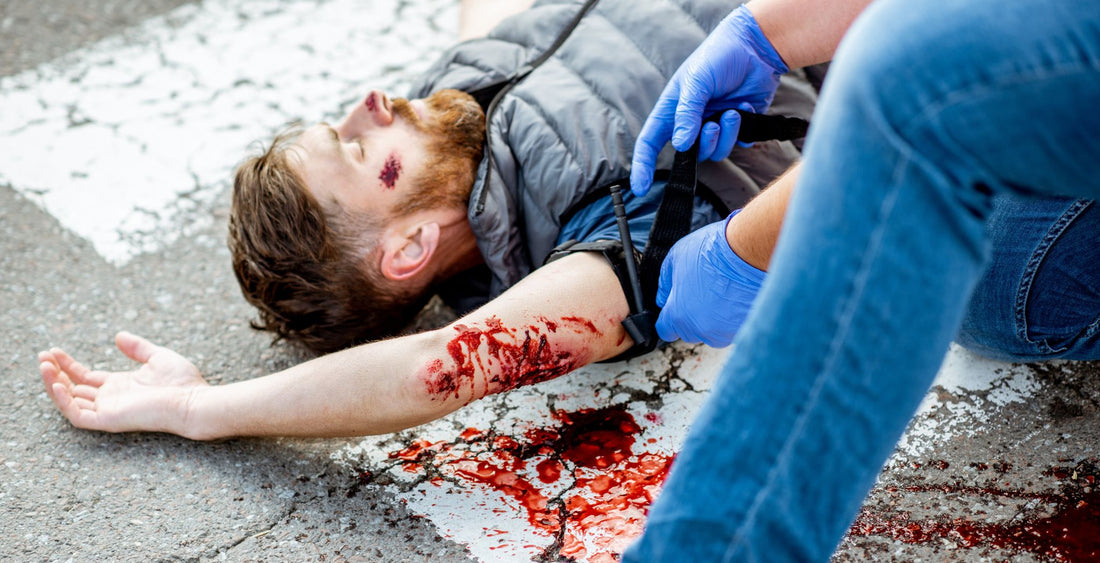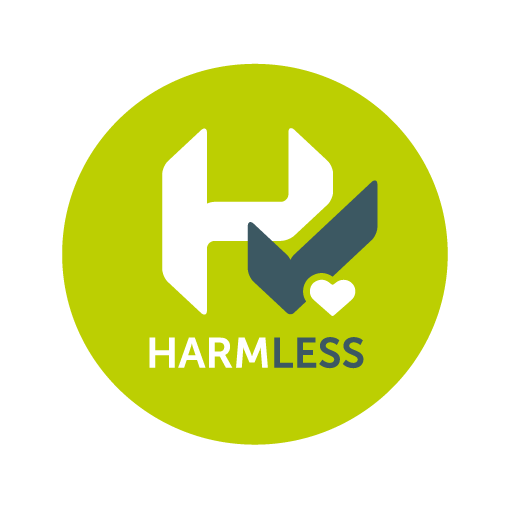
Bleeding First Aid in New Zealand: Essential Procedures for All Types of Bleeding
Share
Stay Prepared: How to Administer Effective Bleeding First Aid
In life's unpredictable journey, being prepared for an emergency can be both empowering and lifesaving. New Zealand's breathtaking landscapes and adventures may occasionally come with risks, making it essential for Kiwis to equip themselves with the knowledge of bleeding first aid.
Welcome to our brief guide on bleeding first aid, where we’ll cover internal and external bleeding, heavy bleeding, major bleeding, bleeding head injuries, and severe bleeding.
Types of Bleeding First Aid
Internal Bleeding First Aid

Internal bleeding occurs when there is damage to blood vessels inside the body. It's often not visible, making it challenging to detect. However, some common signs of internal bleeding include:
1. Pain and tenderness in the affected area
2. Swelling or bruising
3. Rapid breathing and a fast heart rate
4. Dizziness or fainting
If you suspect someone has internal bleeding, follow these steps:
1. Call for Help: Dial 111 emergency services immediately.
2. Keep the Person Still: Encourage them to lie down and remain as still as possible to prevent further injury.
3. Monitor Vital Signs: Keep an eye on their breathing and pulse while waiting for medical assistance.
External Bleeding First Aid

External bleeding is more apparent and can result from cuts, wounds, or injuries that break the skin. Here's how to administer first aid for external bleeding:
1. Protect Yourself: Put on disposable gloves, if available, to reduce the risk of infection.
2. Apply Pressure: Use a sterile gauze pad or a clean cloth to apply gentle, continuous pressure directly on the wound.
3. Elevate the Injured Area: If possible, raise the wounded area above the heart level to reduce blood flow.
4. Use a Bandage: Once bleeding slows down, secure the dressing with a bandage or tape.
5. Seek Medical Attention: If the bleeding doesn't stop or is severe, call 111 for professional help.
Heavy Bleeding First Aid

Heavy bleeding can be alarming, but staying calm and acting swiftly can save a life. When dealing with heavy bleeding, follow these steps:
1. Call for Help: Dial 111 emergency services immediately.
2. Apply Direct Pressure: Using a sterile dressing or cloth, apply firm pressure to the bleeding site.
3. Use a Tourniquet (As a Last Resort) or a trauma bandage: Only if bleeding continues and is life-threatening, consider using a tourniquet. Place it above the wound, but ensure it's not too tight.
4. Keep the Person Calm: Encourage them to lie down with their legs elevated if possible.
5. Continue Monitoring: Keep an eye on the person's condition while waiting for medical assistance.
Major Bleeding First Aid

Major bleeding requires immediate attention and should be addressed with urgency. Here's how to handle major bleeding:
1. Call for Help: Dial 111 emergency services immediately.
2. Apply Pressure: Use a sterile dressing or cloth to apply direct and steady pressure on the wound.
3. Use a Tourniquet (only as a last resort) or a trauma bandage: In cases of severe, uncontrollable bleeding, use a trauma bandage or consider using a tourniquet as a last resort.
4. Elevate the Legs: If the person is conscious and not experiencing head or spinal injuries, elevate their legs to help maintain blood flow to the vital organs.
5. Keep the Person Warm: Cover them with a blanket or clothing to prevent shock.
6. Monitor Vital Signs: Continuously assess their breathing and pulse while waiting for professional assistance.
Head Bleeding First Aid

Head wounds can be particularly concerning due to the proximity to the brain. It is also really difficult for a first aider to determine if other damage like concussion or brain swelling has occurred. For this reason, for all head injuries that involve bleeding we suggest the following steps:
1. Call for Help: Dial 111 emergency services immediately.
2. Protect Yourself: Use disposable gloves, if available.
3. Apply Pressure: Use a sterile dressing or cloth to apply gentle pressure to the wound.
4. Keep the Person Still: Encourage them to remain as still as possible.
5. Monitor Vital Signs: Continuously assess their level of consciousness and breathing.
Bleeding First Aid Procedures

Now that you have a brief understanding of how to administer bleeding first aid for different types of bleeding, let's delve into some specific procedures for certain scenarios:
Severe Bleeding from an Artery
Severe bleeding from an artery can be life-threatening due to the high-pressure blood flow. To manage this situation:
1. Call for Help: Dial 111 emergency services immediately.
2. Apply Direct Pressure: Use a sterile dressing or cloth to apply firm, direct pressure to the bleeding site.
3. Use a Tourniquet (If Necessary): If bleeding is uncontrollable, consider using a tourniquet above the wound.
4. Elevate the Injured Limb: If it's an extremity injury, elevate the limb above heart level.
5. Monitor Vital Signs: Keep a close watch on the person's condition while waiting for professional assistance.
Nosebleeds

1. Nosebleeds are common and can usually be managed with simple bleeding first aid
2. Lean Forward: Have the person lean forward slightly to prevent blood from flowing down the throat.
3. Pinch the Nose: Gently pinch the soft part of the nose, just below the bridge.
4. Hold for 10-15 Minutes: Maintain pressure on the nose for 10-15 minutes, and breathe through the mouth.
5. Seek Medical Attention: If bleeding persists after 20-30 minutes, or if it's recurrent, consult a healthcare professional.
Our range of Bleeding First Aid Products
In New Zealand, being prepared for emergencies is essential, and having the right first aid supplies can make a significant difference in managing bleeding effectively. Harmless.nz offers a range of bleeding first aid products designed to cater to the unique needs of the New Zealand market. Some of our top products include:
Sterile Dressings: These are essential for covering and applying pressure to wounds. Harmless.nz offers a variety of sterile dressings suitable for different types of injuries.
Tourniquets: Tourniquets should be used as a last resort and only by those who have been trained how to use them. Instead, we recommend having a high-quality trauma bandage in your first aid kit can be a lifesaver in extreme situations.
Gloves: Disposable gloves are crucial for protecting yourself and others from potential infections when administering bleeding first aid.
Bandages: Harmless.nz provides a selection of bandages and tapes for securing dressings and wounds effectively.
Conclusion
Accidents can happen, and being prepared with the knowledge of bleeding first aid can be a lifesaver in critical situations. In New Zealand, where safety is a top priority, knowing how to handle various types of bleeding, from internal to external and severe bleeding, is essential. Remember to stay calm, call for professional help when needed, and consider stocking up
